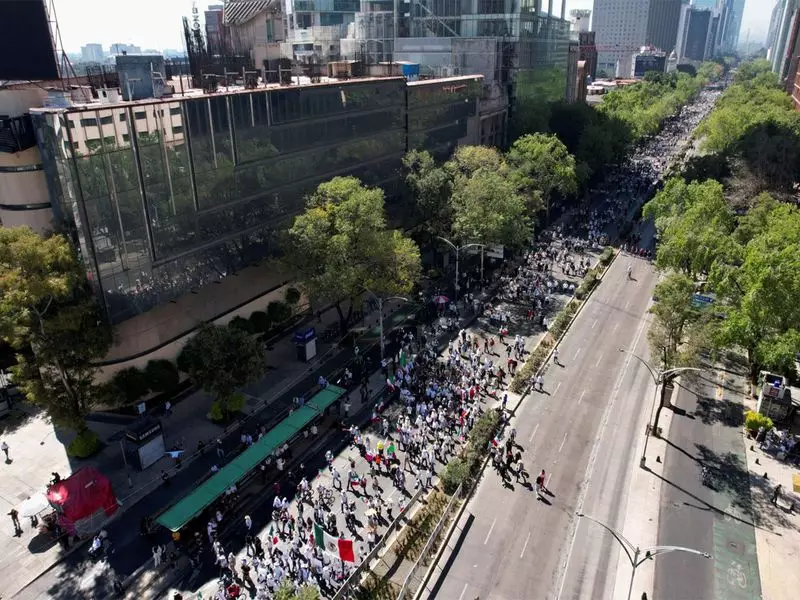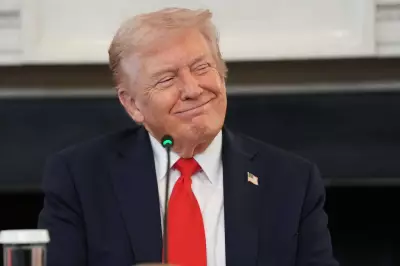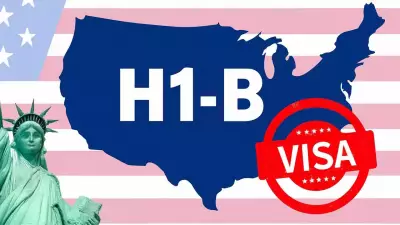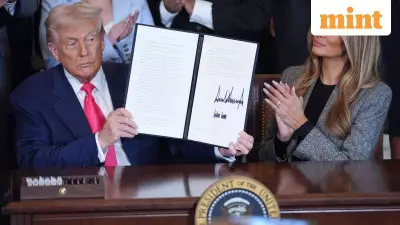
Mexico City witnessed dramatic scenes of violence and confrontation as thousands of young protesters, primarily from Generation Z, took to the streets demanding urgent government action against rising crime and deep-rooted corruption. The peaceful demonstrations quickly escalated into intense clashes with security forces, marking one of the most significant youth-led movements in recent Mexican history.
What Sparked the Massive Youth Uprising?
The protests were triggered by growing frustration among Mexico's younger population over the government's perceived failure to address soaring crime rates and systemic corruption. Young Mexicans, particularly students and recent graduates, have become increasingly vocal about their concerns for personal safety and the country's future direction.
Organized primarily through social media platforms and messaging apps, the movement represents a new form of digital-native activism. Unlike traditional protests led by established political groups, this mobilization emerged organically from youth networks, demonstrating the growing political consciousness among Mexico's younger demographic.
From Peaceful March to Violent Confrontation
The situation turned volatile when protesters attempted to breach security barriers near government buildings. Riot police responded with force, using tear gas and physical barriers to contain the advancing crowds. Video footage circulating on social media showed chaotic scenes of young demonstrators facing off against heavily equipped security personnel.
Protesters employed various tactics to make their voices heard, including blocking major thoroughfares and occupying public spaces. The atmosphere grew increasingly tense as both sides refused to back down, with chants and slogans echoing through the city's historic center throughout the day and into the evening hours.
Government Response and International Reaction
Mexican authorities have defended their handling of the protests, citing the need to maintain public order and protect government property. However, human rights organizations have expressed concern about the use of force against predominantly young demonstrators and have called for independent investigations into reported incidents of police brutality.
The international community has been closely monitoring the situation, with several foreign embassies issuing safety advisories for their citizens in Mexico City. The timing of these protests is particularly sensitive for the Mexican government, which has been working to improve the country's international image regarding security and governance.
This youth-led movement represents a significant challenge for Mexican authorities, demonstrating that young citizens are no longer willing to remain silent about issues that directly affect their safety and future prospects. The protests have sparked nationwide discussions about police reform, government accountability, and the role of youth in shaping Mexico's political landscape.
As cleanup operations continue in affected areas of Mexico City, both protesters and government officials are assessing the aftermath and considering their next steps. The events have undoubtedly changed the dynamics of public discourse in Mexico, with Generation Z emerging as a formidable force in the country's ongoing struggle for security and transparency.





